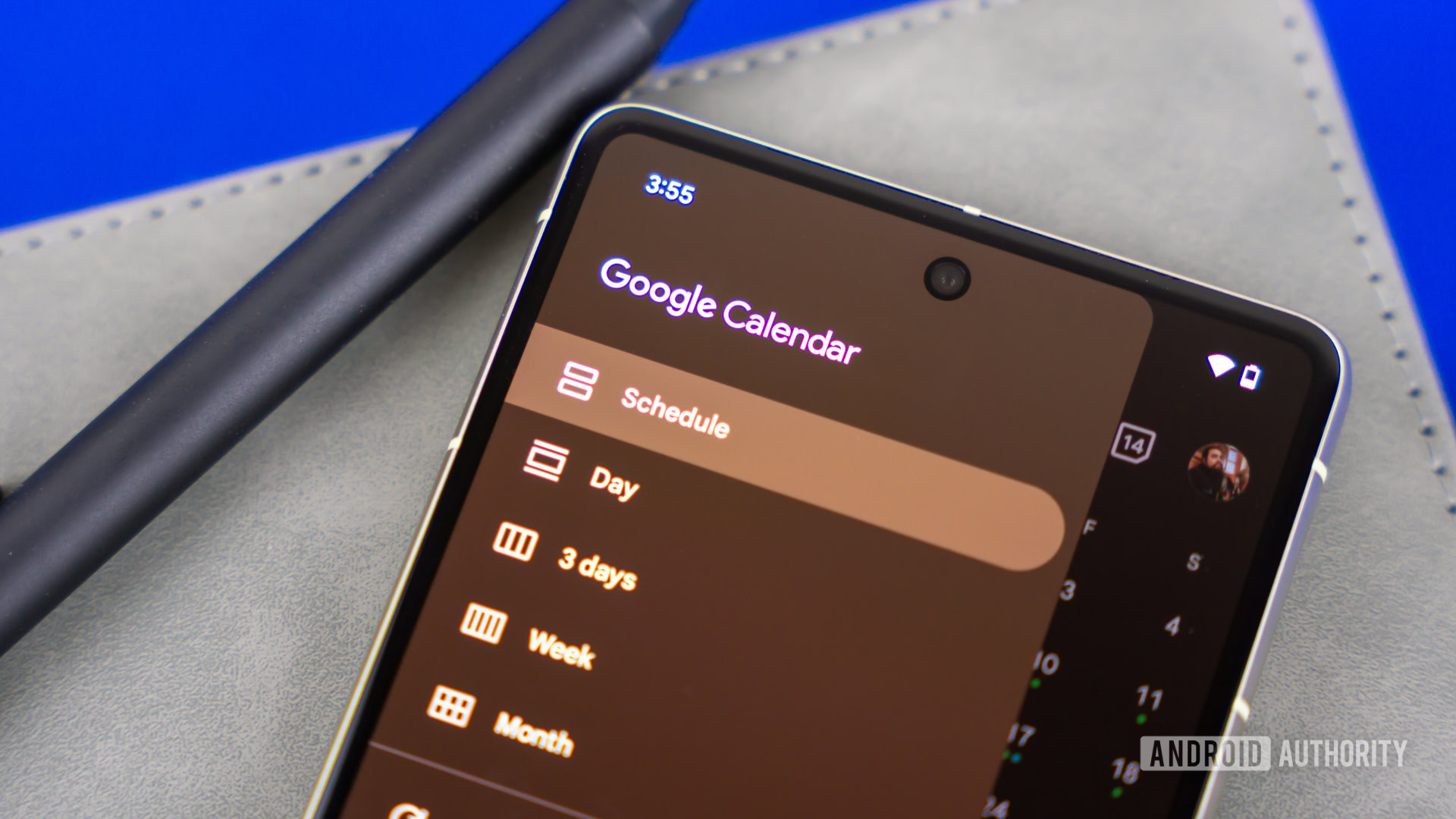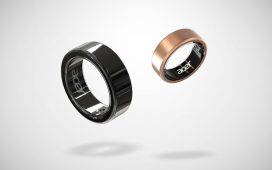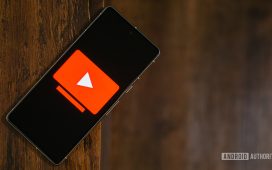
Edgar Cervantes / Android Authority
TL;DR
- Google is working on changes to the Calendar app.
- These changes introduce the Google Sans Flex font and a new FAB style.
- You can also see that the corners of the calendar are rounded and the lines between days are thicker.
Google finally introduced us to Material 3 Expressive earlier this week. This new design language is set to bring sweeping UI changes across Android and Wear OS. While it won’t roll out until the launch of Android 16, we have seen bits and pieces of it sneaking into a variety of apps and widgets recently. Now we’ve spotted it in the most recent version of Google Calendar.
An APK teardown helps predict features that may arrive on a service in the future based on work-in-progress code. However, it is possible that such predicted features may not make it to a public release.
This time, we’re looking into version 2025.19.0-757507108-release of Google Calendar. If you open up the Calendar app, you’ll see a UI that looks similar to the screenshots below. But once you activate the in-progress changes, you’ll see something slightly different.
Don’t expect a night-and-day difference, as the change is only minor. However, the adjustments are just noticeable enough that you’ll recognize the look has been modified.
In the gallery below, you’ll see the new expressive UI being applied across the app. If you look closely, you’ll notice that the corners of the calendar have been rounded and the lines between the days are slightly thicker. The font style has also been changed to Google Sans Flex. Speaking of text, Google has dialed back some of the app’s brevity, spelling out more of the names of the days of the week instead of using single letters.
The change that’s probably the easiest to spot is the floating action button (FAB). In the current version of the app, tapping on the FAB brings up two options: Event and Task. Meanwhile, the new UI adds Birthday as a third option and an X button to exit. You may also notice the style of the FAB is different, adding the text inside the button rather than outside.
This discovery comes after we recently spotted the expressive theme in the Google Services settings page. There, it’s a little easier to see the difference between the current font and Google Sans Flex.









